Science and technology
The benefits of clean air
Learn more about purifying the air in your home
Pollution
The facts about air quality
We all want our homes to be safe and clean for our families. But the air in your home can be 2 to 5 times more polluted than the air outside.

The impact of air pollution
Air pollution can have a number of impacts on your health. The most common symptoms include headache, inflammation, nasal congestion, respiratory problems, skin irritation and stomach pain.
Pollutants
Philips air purifiers clean the air from these common pollutants

Pollen
Hay fever sufferers are allergic to outdoor pollens found in grasses, trees or weeds.

Pet dander
Pet allergens can stay in the home for months and bother you, even after the animal has been removed.

Dust mite allergens
These microscopic creatures nest in our bedding and upholstered furniture.

Fine Particles
Philips air purifiers have a multi-stage filtration system that captures up to 99.97% of harmful particles, from dust and allergens to aerosols and PM2.5 particles.

Outdoor pollution
A number of outdoor pollutants can sneak into our homes and contribute to poor air quality.

Gas
Cookers, heaters, stoves and open fires can release dangerous gases into the air.

Bacteria
The air can carry microorganisms, especially in hot or humid areas.

Smoke and odor
Tiny particles from smoke can drift through your home and remain harmful for up to 5 hours.

Mold spores
Mold spores are usually found lurking in the bathroom, kitchen or basement.

Volatile organic compounds
Gases that emit from household products like cleaners and disinfectants.

Dust
Cleaning, bed-making or any kind of human activity can resuspend dust back into the air.
Philips air purifiers have a multi-stage filtration system that captures up to 99.97% of harmful particles, from dust, allergens and PM2.5 particles. *From the air that passes through the filter, tested with NaCl aerosol by iUTA according to DIN71460-1.
Philips filters
Purifies nano-sized particles
Once the air passes through the filter, the microscopic pollutants are trapped.
1 Milimeter


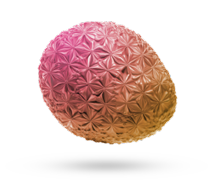
Extra-fine salt
60-100 microns
Pollen
15 microns
Not visible to the human eye
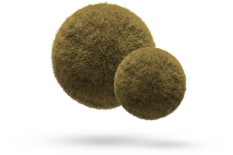


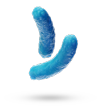
Inhalable particles (PM10)
< 10 microns
Respiratory Droplets**
5-10 microns
Fine particles (PM2.5)
<2.5 microns
Bacteria
1-3 microns
HEPA*** standard filters until 0.3 micron

Candle smoke particle
0.01 microns
Philips purifiers filters up to 0.003 micron

Tested for 99.97% filtration of nano-particles, at 0.003 microns by IUTA independent institute. *Particle sizes are indicative, to give a scale of reference. Some of the listed particle types cover a wider size-range. ***HEPA Filters according to the American US DOESTD-3020-2015 standards.
CADR
What CADR means for your home
The Clean Air Delivery Rate is the global standard for measuring how much air (m3) a purifier can clean in a certain amount of time. So, the higher the CADR, the faster the purification. Airflow only measures wind speed, so it only tells us how much air is coming out. What airflow does not tell us is how clean that air is. This is why CADR is the right metric to use when choosing your purifier.
With air purifier of CADR 500
With air purifier of CADR 100
With no purifier

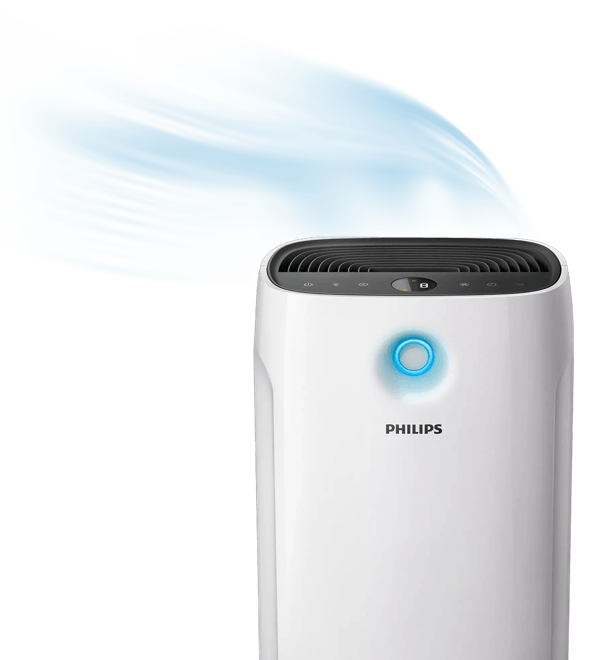
Best in test
Best Air Purifier according to Stiftung Warentest
The AC2889/10 performs best in German Stiwa Tests because we engineer and optimize our products for high CADR.
Allergens
How allergens attack
Your immune system's job is to defend your body from harmful invaders. But when it mistakenly declares war on substances it shouldn’t, that’s an allergy.
The most common airborne allergens

Pollen
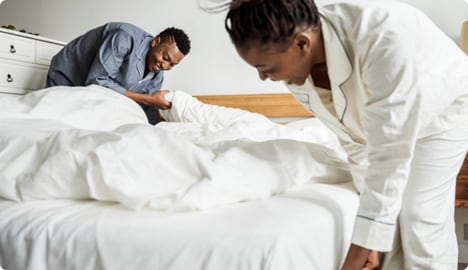
Dust mites

Animal dander

Mold

Effectiveness
Philips Air Purifiers eliminate 99.99%* of allergens
99.97% of the airborne allergens like pollen, dust mites, mold spores and pet dander that passes through the filter, are filtered from the air.

European Center for Allergy Research Foundation
Certified allergy-friendly. Philips air purifiers fit the needs of allergy sufferers.
*From the air that passes through the filter, tested according to Austiran OFI test method SOP 350.00.

Study
Tested in real homes to effectively reduce airborne allergens like dust mites
In 2020, a Philips-sponsored study run by the Munich Germany Center for Environmental Health proved the effectiveness of purifiers in removing house dust mite allergens.
Find the product that fits your needs
Popular Products

Series 2000i
All-round purifier for medium spaces


Medium/Large (85 m²)
330 m³/h (CADR)

1000 series
All-round purifier for small to medium spaces


Medium (63m2)
270 m3/h (CADR)

800 series
Compact and effortless purification


Small (49m2)
190 m3/h (CADR)

Series 5000
Air Dehumidifier & Purifier


Medium (60m2)
250 m3/h (CADR)











